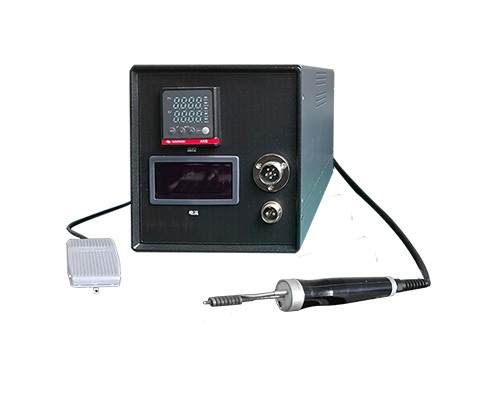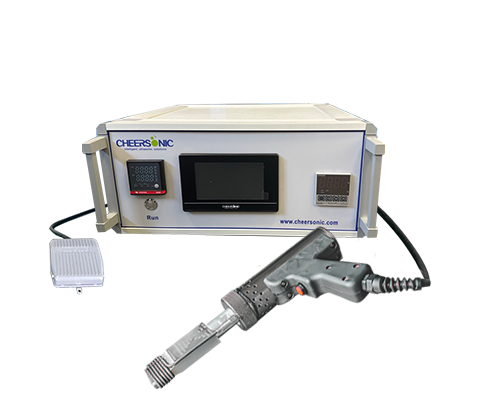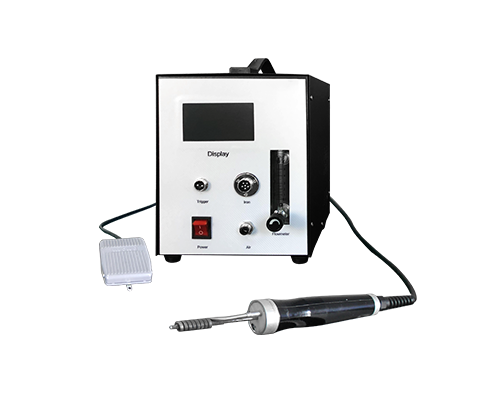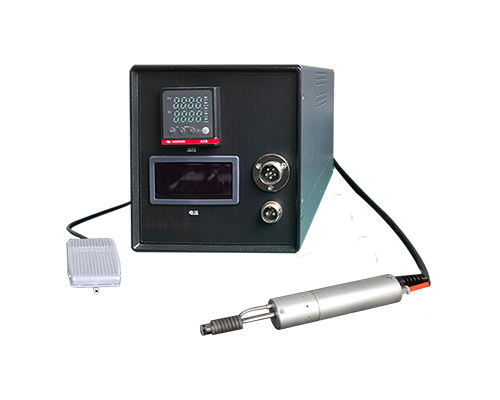Semiconductor TEC coolers, based on the Peltier effect, are components that combine thermoelectric power generation and cooling. They are lightweight and compact, yet offer high cooling capacity, making them particularly effective in cooling applications requiring limited space. Simply put, when direct current passes through a galvanic couple formed by two different semiconductor materials connected in series, heat is absorbed and released at each end, resulting in a cooling effect.
Due to their maintenance-free, silent operation, operability in any position, and strong resistance to shock and vibration, semiconductor TEC coolers have a wide range of applications, encompassing military equipment such as radars, missiles, and submarines, as well as household appliances such as air conditioners and dual-use cooling units.
However, the sides of semiconductor coolers are made of ceramic, resulting in a certain degree of surface roughness. Directly attaching them to the workpiece to be cooled creates gaps that slow cooling. Using thermally conductive adhesives, on the other hand, suffers from poor temperature resistance and poor aging resistance. Therefore, special handling is required for cooling applications requiring high cooling efficiency, such as those for overclocked chips. Previously, magnetron sputtering was often used to deposit a copper layer followed by brazing with tin-based solder to improve cooling efficiency. However, magnetron sputtering suffers from high target material costs and low production efficiency. In contrast, ultrasonic brazing allows for direct wetting of materials such as glass and ceramics with tin solder, making it the preferred solution in the industry.

After years of research and experimentation, ultrasonic brazing equipment has been developed. This equipment offers three significant advantages: first, it can weld difficult-to-tin materials such as aluminum, nickel, glass, and ceramics; second, it provides excellent brazing consistency with minimal void defects in the solder joints; and third, it effectively avoids environmental pollution and workpiece corrosion caused by flux.
Thanks to ultrasonic brazing's ability to weld difficult-to-tin materials, copper plates originally used for cooling and heat dissipation can be replaced with lower-cost aluminum plates, significantly reducing production costs. Its operating principle is to utilize the cavitation effect generated by ultrasonic vibrations to break down the oxide film on the solder surface, promote interfacial reactions between the solder and the workpiece, and accelerate wetting. When brazing semiconductor refrigeration chips, the operation process is clear: first, heat the cold storage plate, heat sink, and refrigeration device to a temperature close to the melting point of the solder, then use an ultrasonic soldering iron tip to apply ultrasonic waves to each mounting surface and apply low-temperature solder, then accurately fit the hot surface of the refrigeration device to the mounting surface of the heat sink, and the cold surface of the refrigeration device to the mounting surface of the cold storage plate, ensuring that all contact surfaces are in good contact and wait for cooling. The completion of cooling means the brazing process is completed.





